Carefully evolving one design class rules
Published on February 2nd, 2015
One design classes thrive through the careful management of their measurement rules. Occasionally these rules evolve, but only after careful consideration. Keeping a class connected to both its past roots and the current climate remains the challenge.
The International Lightning Class is now in the midst of such a review as they consider a change from their symmetrical spinnaker to an asymmetrical design.
The National Class E Scow Association underwent a similar review in 2006, and after two years of trials and membership votes, the class approved the change in 2008. Will the Lightning be next? Here is an update from Bill Froude, VP of Marketing for the Class…
———————-
The International Lightning Class tries really hard to find creative ways to make sailing our beloved hard-chined rocket ships more fun. This weekend we began to evaluate whether adding some downwind area to our sail plan in the form of an asymmetrical kite would make sailing the Lightning more enjoyable.
One of the motivations was to find ways to plane more often. The Lightning planes beautifully…. it is powerful, quick, and solid-as-a-rock safe. But as we sail a lot of tactical windward-leeward courses, we don’t take advantage of one of the coolest parts of the Lightning design. That is something of a marketing problem.
Some of our longer-term members (me included) remember when we only sailed double triangle windward courses with no downwind legs at all. That wasn’t very user-friendly. Nobody advocates going back to that, but downwind displacement sailing does not make our 15,500 boats look as exciting/contemporary as some of our competitors (Even ones with SA/Displacement numbers lower than ours).
At last year’s North American Championship, we had both what was formerly known as an Olympic course and also a windward-leeward-triangle-windward option. We really like to plane. The thought is that we might continue to sail some reaching courses, but even with primarily windward-leeward courses, the bigger A-Sail set on a sprit would see the boat sailing higher downwind angles to plane, yet the sail configuration would allow for easier gybing.
So we did some testing in Sanford, Florida with two asymmetrical kite shapes – a masthead and a fractional – that were both about 20% larger than our current large symmetrical. Seventeen members present including both major builders, 2 World Champions and 3 Past Presidents. Here’s a video.
The Lightning has a historical willingness to experiment with what will make the boat and the experience more fun. The alternative isn’t acceptable. Will we do something this different? Sure, if the membership approves it. This weekend was intriguing enough to continue the exploration.


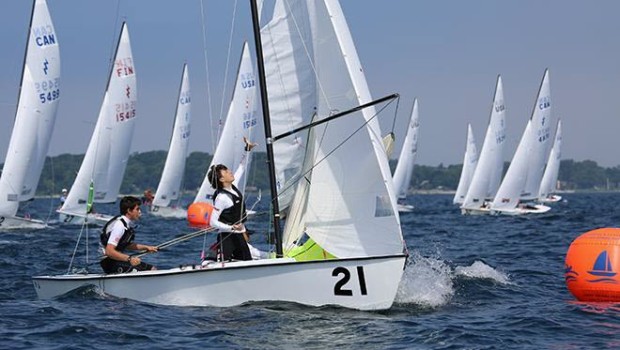


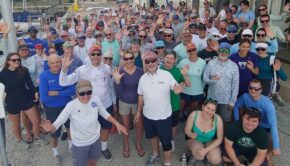
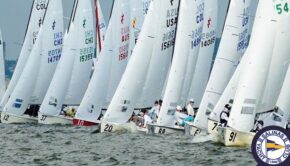
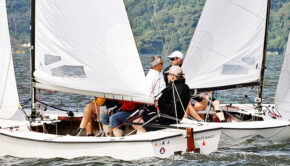
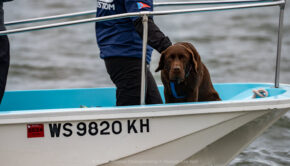
 We’ll keep your information safe.
We’ll keep your information safe.